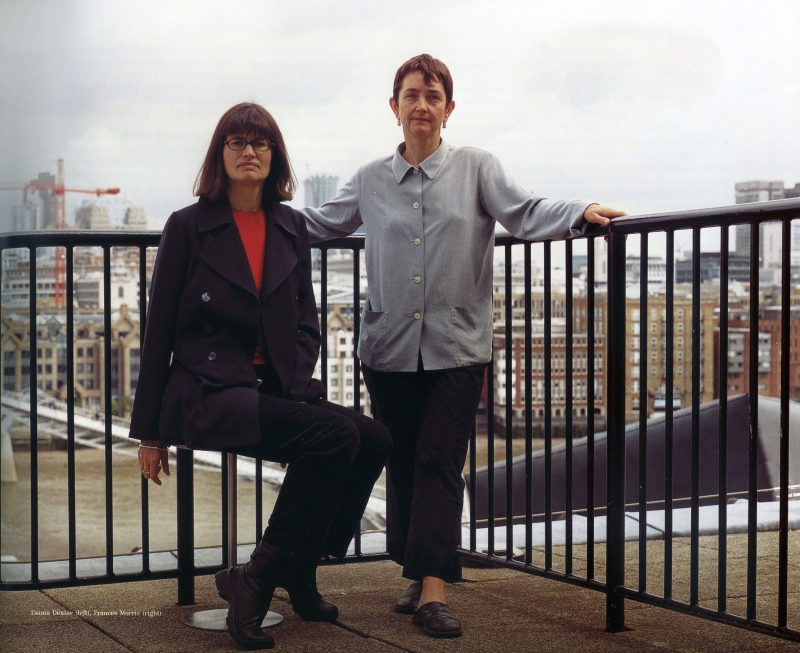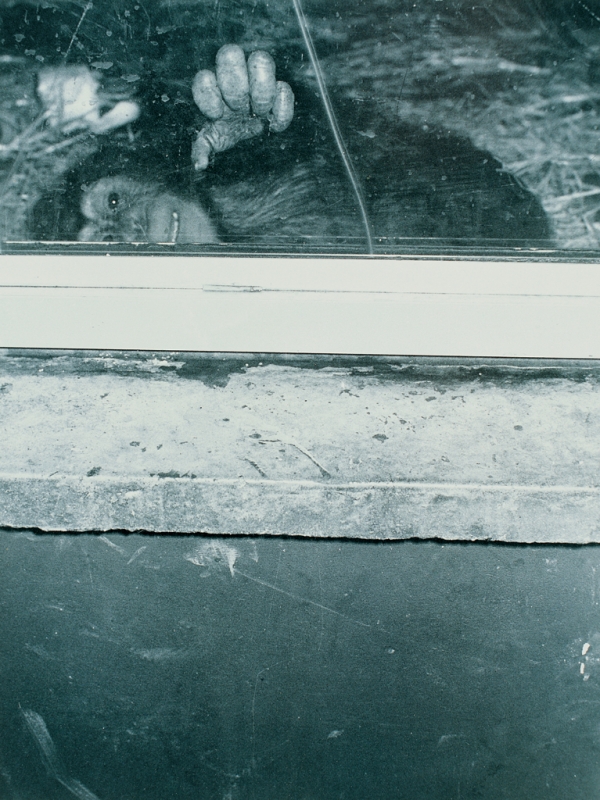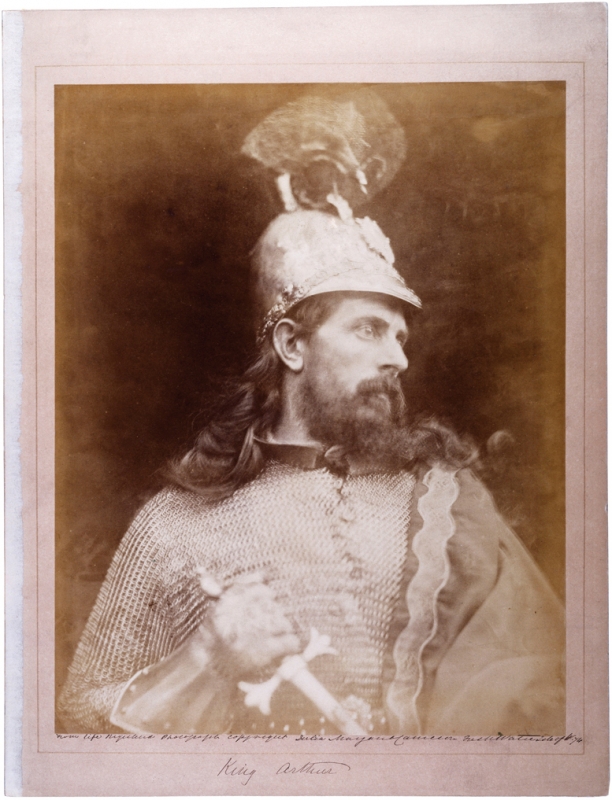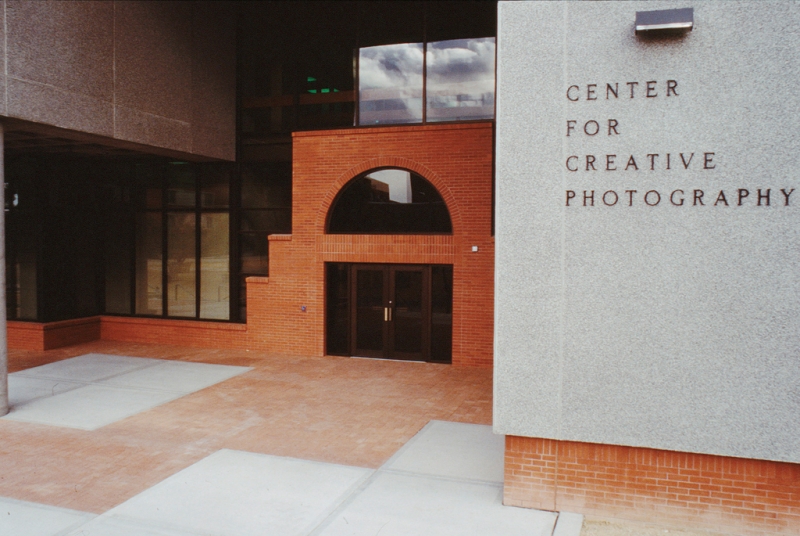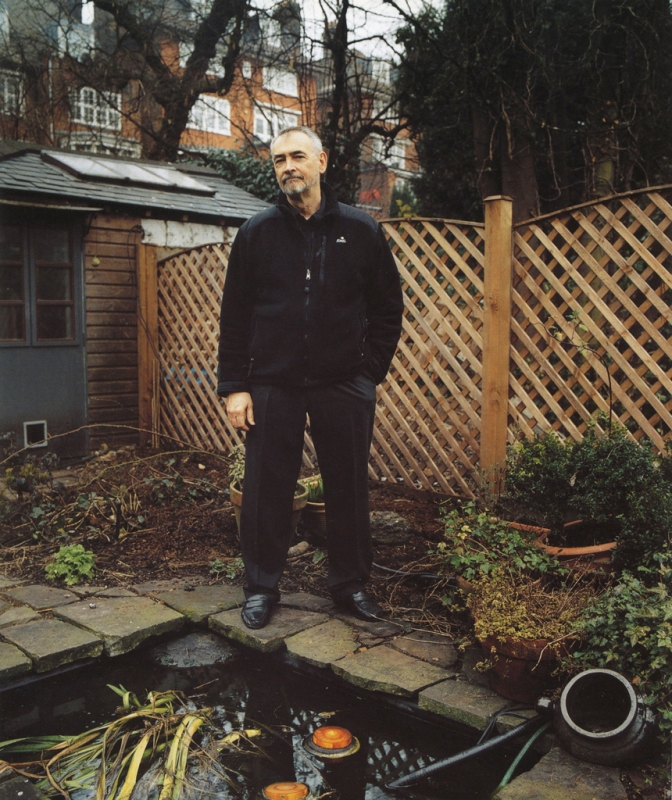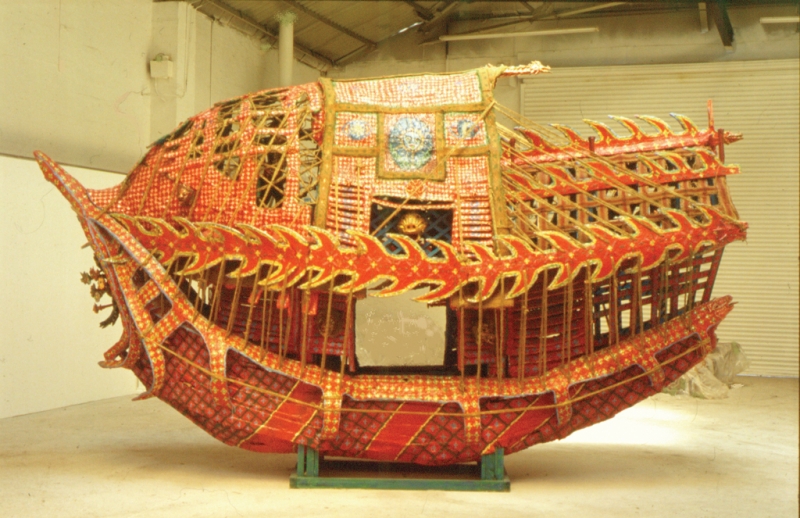ARCHIVE: RSS FEED
An Online Repository of Articles and Photographic Works drawn from Source's online and print publishing. Spanning more than twenty-five years of photography publishing. Includes: feature articles, editorials, reviews, essays, interviews, portfolios and blog posts. Subscribe to this RSS Feed to stay notified of when this material is made available.
Feed URL: https://www.source.ie/feeds/archive.xml

























































































